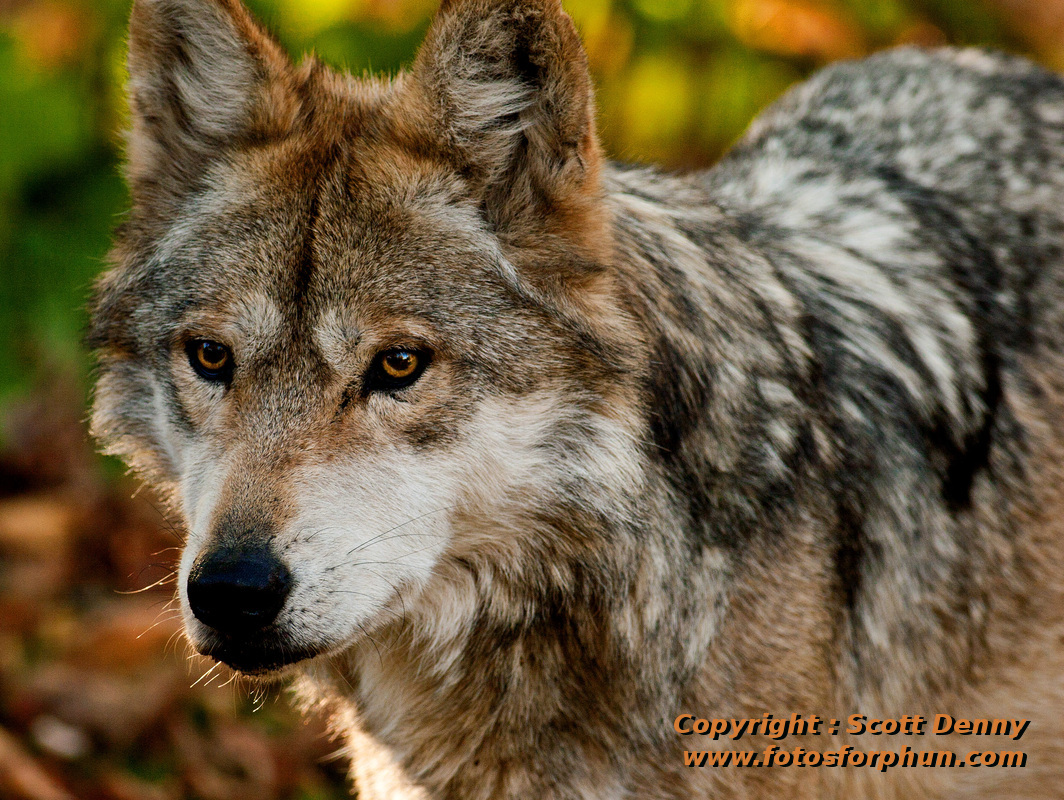28
Mar
Mexican Gray Wolf Should Be Reintroduced in Utah

Who’s afraid of the big bad wolf? The Utah Legislature is.
Utah’s legislators recently gave the lobbyist group, Big Game Forever, $300,000 to lobby against the Mexican gray wolf’s return to the Beehive State.
However, reintroducing the gray wolf to Utah’s wilderness habitats would be an ecologically and economically sound decision.
Wolves had been a part of Utah’s ecosystem since before the pilgrims set foot on Plymouth Rock — before Utah was even a state. They used to freely roam the whole state — until humans pushed them to the brink of extinction.
“Human-caused mortality caused the near extinction of Mexican wolves and remains the primary reason they are still critically endangered today,” according to Lobos of the Southwest, a coalition of organizations for the protection of wolves.
A graduate study at Utah State University called, “Wolves in Utah,” found when hunting for prey, wolves target only weak animals so their effect on the animal population is insubstantial. Rather, they aid other animals in the ecosystem, as smaller animals feed off the abandoned carcasses killed by wolves.
Human hunting and activity kill more large game than wolves would if reintroduced in the state. Each year, 2,000 to 5,500 deer are killed because of motorist accidents, according to wildlifeandroads.org. Furthermore, 56?percent of big game hunters in Utah are in favor of bringing wolves back to Utah, according to hjnews.com.
Humans can also benefit from having wolves in the state. Our state’s youth could get involved in the wolf wildlife conservation efforts, and we would be fixing a problem we created. It’s about time mankind cleaned up after itself.
Tourism is one example of additional economic benefits that would result from reintroducing wolves to Utah’s ecosystem. Our state parks would see a dramatic increase in the total amount of visitors per year, bringing in more revenue to the state.
One major financial concern is the threat that wolves pose to cattle. However, the money required to set up a wolf management program and to replace any killed livestock totals $175,000. That is much less than the $300,000 given to the supposedly ‘non-profit’ lobbyists.
Rural farmers who fear the threat of wolves to their animals can also take preventive actions. Guard dogs and sturdy corrals can be a suitable solution.
The prime number of wolves for the available habitat space in Utah is 200. This amount would allow optimal growth of the species. Anymore would create an influx, which was most likely the problem with the Yellowstone restoration of wolves.
With a healthy and successful growth of wolves in Utah, the Canis lupus could be officially taken off the endangered/threatened species list.
The three little pigs might disagree with bringing wolves back into Utah — the wolves’ once native habitat — but 74 percent of Utahns support reintroduction efforts, also according to hjnews.com.
I think it’s time to huff and puff and blow the Utah Legislature house down. Wolves have a right to be in Utah.
*****
Contact Courtney Tanner at c.tanner@chronicle.utah.edu
This editorial appeared in the Daily Utah Chronicle
Photo credit: Scott Denny



